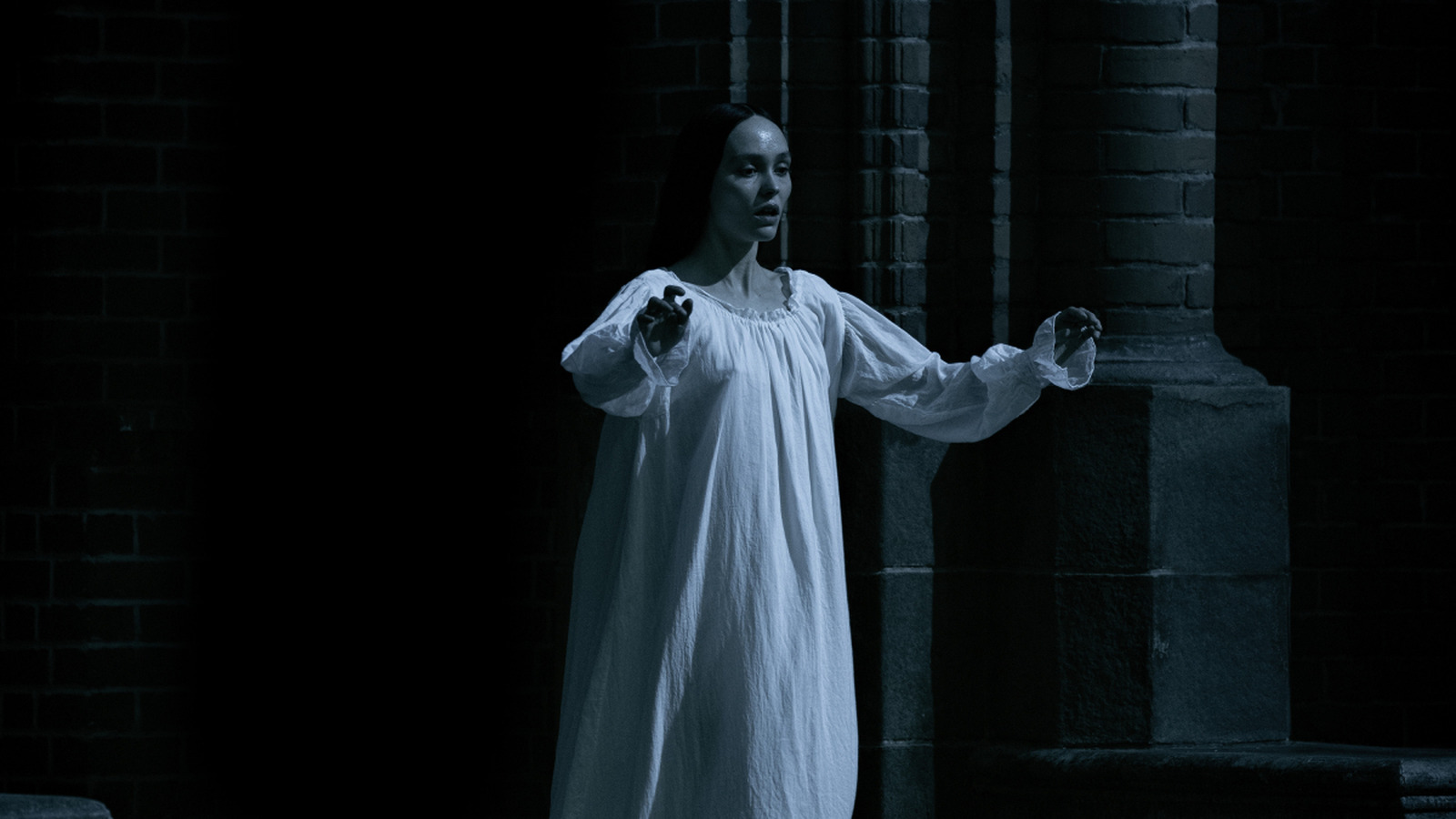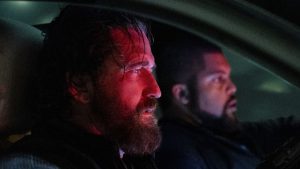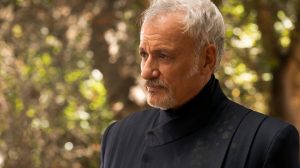
Nosferatu’s Conclusion Analyzed: Embracing Destiny
By Bill Bria
This article reveals key plot points from “Nosferatu.”
The very notion of fate—a preordained journey laid out for us—is a daunting thought. While we believe we possess free will, the allure of that freedom can feel painfully elusive. Fate stands in stark contrast to our aspirations, representing an immutable force that we cannot alter. Consequently, the idea of fate is often brushed aside in our society. From the dreams we hold in childhood to our ambitions as adults, we are conditioned to view life through the lens of free will, believing that we can seize our desires and shift our paths. Fate is generally regarded as a mere scapegoat for misfortune, not seen as an inescapable doom but rather as something that can be dodged. Yet, throughout history, some individuals do not regard fate as a trivial annoyance or a grim specter. The philosophy of “amor fati,” a profound acceptance of one’s fate, transforms the familiar saying “everything happens for a reason” into something grander and more liberating. This philosophy, notably championed by German thinker Friedrich Nietzsche in his 1888 work “Ecce Homo,” suggests a certain quality in 19th-century Europe that might explain his contemplative perspective—an interplay of his religious background and the societal realities he observed. Ultimately, “amor fati” can be both liberating and confining, enabling individuals to find victory within defeat.
This theme resonates throughout Robert Eggers’ rendition of “Nosferatu,” set against the backdrop of 1838 Germany. Here, the legendary vampire embodies qualities of both an individual and a force of nature, his impending arrival virtually foretold and seemingly unstoppable. Yet, if a central heroine, seemingly predestined to connect with this creature, can accept her fate, there lies a glimmer of hope for humanity. In the timeless clash of Good versus Evil, each of us has a role to fulfill.
The fateful bond between Ellen and Orlok is established early on. “Nosferatu” wisely embraces the theme of fate rather than a typical horror narrative filled with transgressions. The film opens with Ellen (Lily-Rose Depp) receiving a visit—perhaps a dream—by the ethereal spirit of Count Orlok, the ancient vampire from Transylvania. Despite her desperate prayers, Ellen cannot escape Orlok’s encroachment. From their first encounter, there’s an undeniable connection as both beings sense the intertwining of their destinies. Orlok chillingly states that Ellen is “not meant for the living,” showering her with a mixture of disdain and allure.
Years later, Ellen and her husband, Thomas Hutter (Nicholas Hoult), unknowingly aid Orlok’s transition from his homeland to urban Germany—a retelling of the classic narratives seen in F.W. Murnau’s 1922 “Nosferatu” and Bram Stoker’s “Dracula.” The forces of Darkness, represented by Thomas’ boss, the cult leader Herr Knock (Simon McBurney), collide with the embodiment of Good, exemplified by Prof. Albin Eberhart Von Franz (Willem Dafoe). Both are complicit in the elaborate ensnarement set for Ellen, reminiscent of a doomed protagonist’s sacrifice that ultimately redeems many—a sentiment echoed in films like “Donnie Darko.”
Ellen’s predetermined role involves ensnaring Orlok long enough to ensure the arrival of sunlight, his only vulnerability. To achieve this, she must willingly offer her body to Orlok, allowing him to drain her life force while keeping him distracted until dawn breaks. Supported by Von Franz, who misleads Thomas and her physician Dr. Sievers (Ralph Ineson) into believing they can vanquish Orlok in his coffin, Ellen embarks on a treacherous path. Orlok and Ellen’s relationship culminates in a darkly charged moment reminiscent of their initial bond.
As in many narratives where destiny bares its fangs, Ellen grapples with her required fate, facing multiple temptations to abandon it. Remarkably, she exhibits an almost supernatural intuition—keenly aware of Thomas’ job acquisition before he is—and reminisces about always knowing the contents of her Christmas presents as a child. Von Franz suggests that in a different era, she could have served as a “priestess of Isis.” However, Orlok’s sinister influence often threatens to overshadow her inherent goodness, inciting a battle within Ellen that manifests as both mental and physical affliction.
This struggle is perceived by those around her—instead of offering understanding, Thomas and their friends dismiss her suffering, spurring a tragic descent into darkness. In a moment of desperation, she seeks to embrace the darkness, seducing Thomas in an attempt to substitute him for Orlok. The film lays bare the human struggle within, showing both the depravity and goodness that coexist inside its characters. Fortunately, Ellen’s intrinsic goodness prevails, fortified by love that binds her and Thomas, safeguarding them from complete moral decay.
Amidst the film’s horror elements, a clever meta-narrative unfolds. Vampire lore often features knowledgeable characters—like Dr. Van Helsing or Prof. Von Franz—who offer essential guidance in demonology. Yet, Eggers allows this adaptation of “Nosferatu” to acknowledge its roots while also respecting its legacy. Von Franz’s insistence that sunlight is the sole method to vanquish a vampire pays homage to Murnau’s original film, emphasizing the 1922 work’s pivotal role in vampire mythology.
The final moments of “Nosferatu” present an intriguing dichotomy, balancing tragedy with transcendence. While one could interpret the tale as a sorrowful chronicle of loss and darkness, such an interpretation overlooks the profound implications of Ellen’s ultimate sacrifice. By accepting her fate, Ellen not only succeeds in thwarting evil but also highlights an essential truth about humanity: In confronting destiny, we may discover our greatest strength.
Eggers’ “Nosferatu” presents a complex vision of the eternal struggle between Good and Evil, underscoring the notion that both exist within us. We must come to terms with the circumstances we’re given, embracing our true selves along the way. The morning sun stands as a symbol of enlightenment, a test we either face or evade, echoing the inevitability of fate itself.





